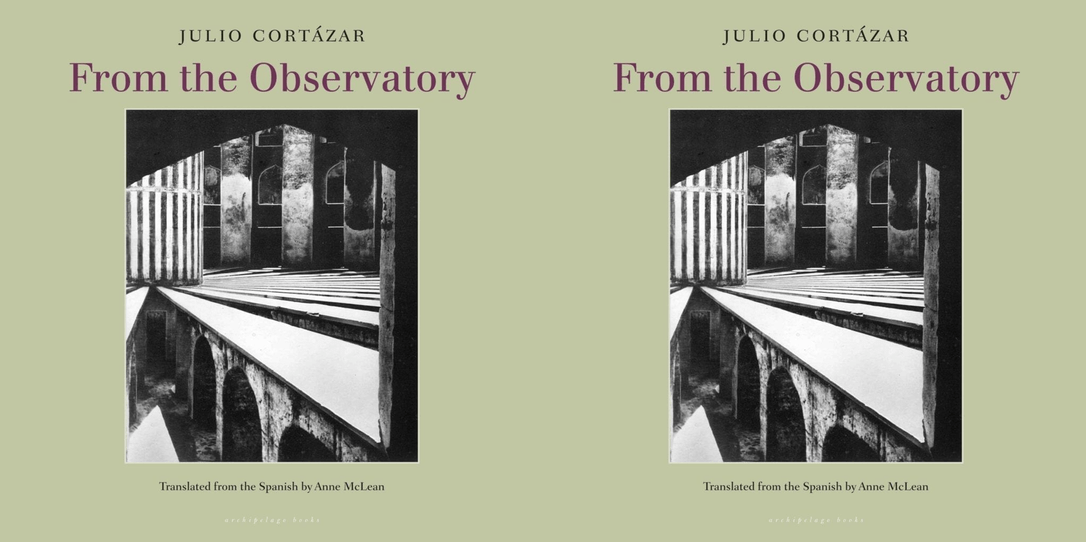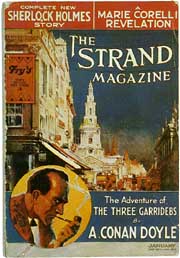From the Observatory

From the Observatory
Julio Cortázar
Trans. Anne McLean
Archipelago Books, August 2011
130 pages
$18.00
The first time I read Julio Cortázar’s From the Observatory, I thought I’d succumbed to a fever-dream. Eels slip, muscularly, into Möbius strips; the night is red-haired and the marble cold. I had no idea what I was reading or where I was, and I loved it. Rereading required a single sitting. I went to a favorite strange café, where bowls of light bulbs serve as center pieces, the wifi passkey is elevatortothetruth, and the proprietor stares customers into giddy unease.
From the Observatory might be called a long prose poem or a surreal philosophical tract. Punctuated with grainy black and white photographs of Maharajah Jai Singh’s 18th century Jaipur observatory (taken by Cortázar in 1968), the work is, as the publisher notes, one of Cortázar’s most unconventional works. Defiant of genre, it is a search for the connectivity of all things.
The metaphor of the Möbius strips suggests the inward revolution that propels the story. The migration of eels intertwines with Jai Singh’s attempt to count stars and cage light—an attempt to understand some part of the universe. The eels’ movement is blind and propelled by something inexplicable, though the French biologists referenced throughout the work try desperately to apply the “bandage of science.” Cortázar urges the reader early on to experience the work “like they do in the Atlantic night, like he who seeks stellar measures, not to know, not for anything; something like the blow of a wing, a drawing back, a moan of love and then now, then maybe, and then yes.”
Plunging thus, it seems impossible to predict the course of the work—that is part of its pleasure, though it may be a cause of consternation for some. Further advice for the reader: “Jai Singh knows that a thirst quenched with water will return to torment him, Jai Singh knows that only by becoming water himself will he stop feeling thirsty.” The ephemeral imagery throughout is whimsical, haunting, and compelling. The writing is gorgeous; though I don’t read Spanish, there is a delicious texture to beautiful language translated beautifully. (And with its complex and slippery syntax, translation must have been no small feat.)
The photographs also counterpoint the text in wonderful, though unexplained, ways. First you ascend stone steps that are steep and mottled. But then there are myriad unexpected angles—peeking around other curving staircases, zooming in on astronomical measurements notched upon the marble, parsing row upon row of perforated windows and doorways and shadows. There is only one image of a man, crouched beneath an enormous bronze ring dangling from an arch. Is he there merely for scale, I wonder, or is his appearance toward the end of the work a source of solace for the lonely few “who lean out to look at [the redheaded night]”—and “give testimony […] of encounters outside the law of the city”?


